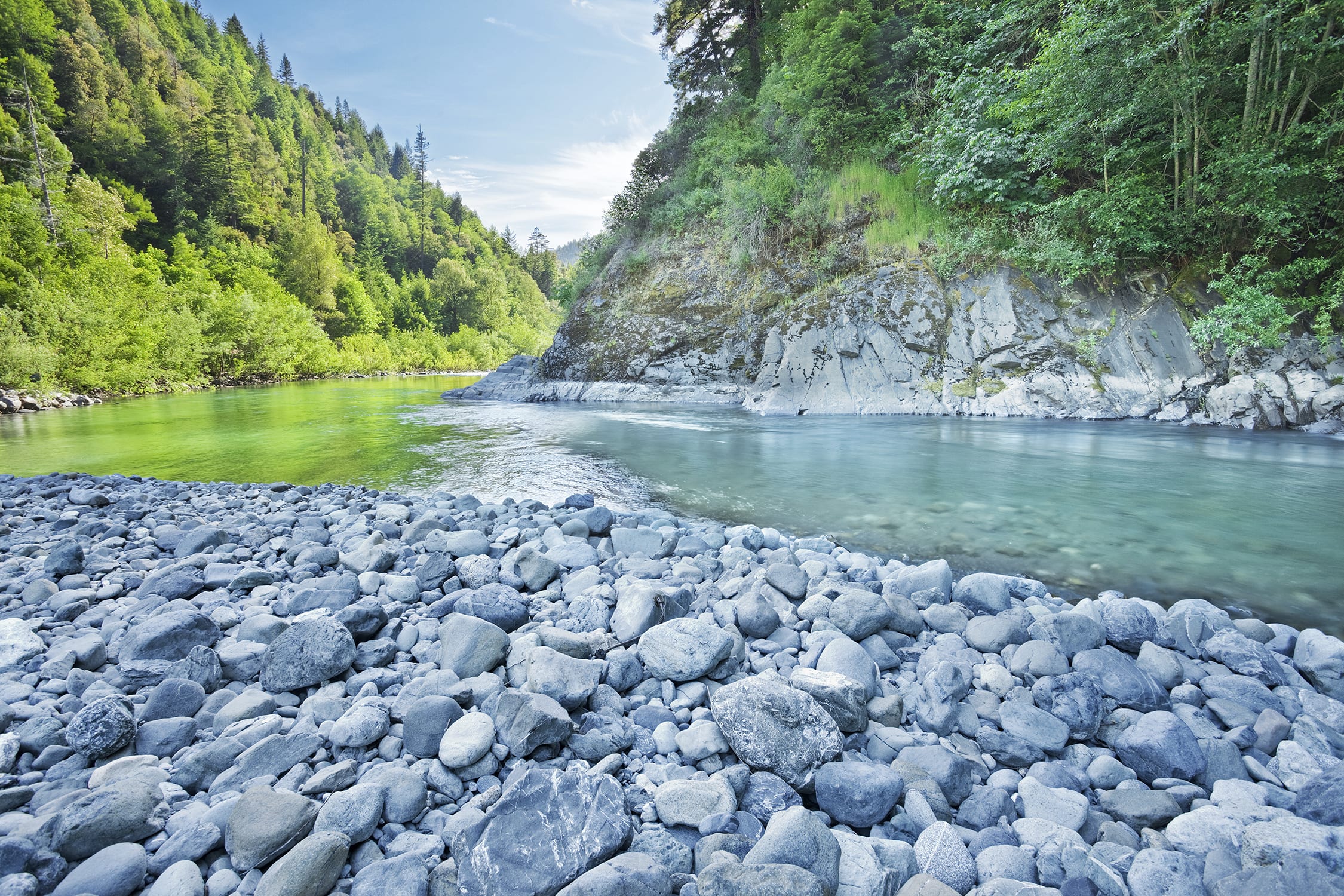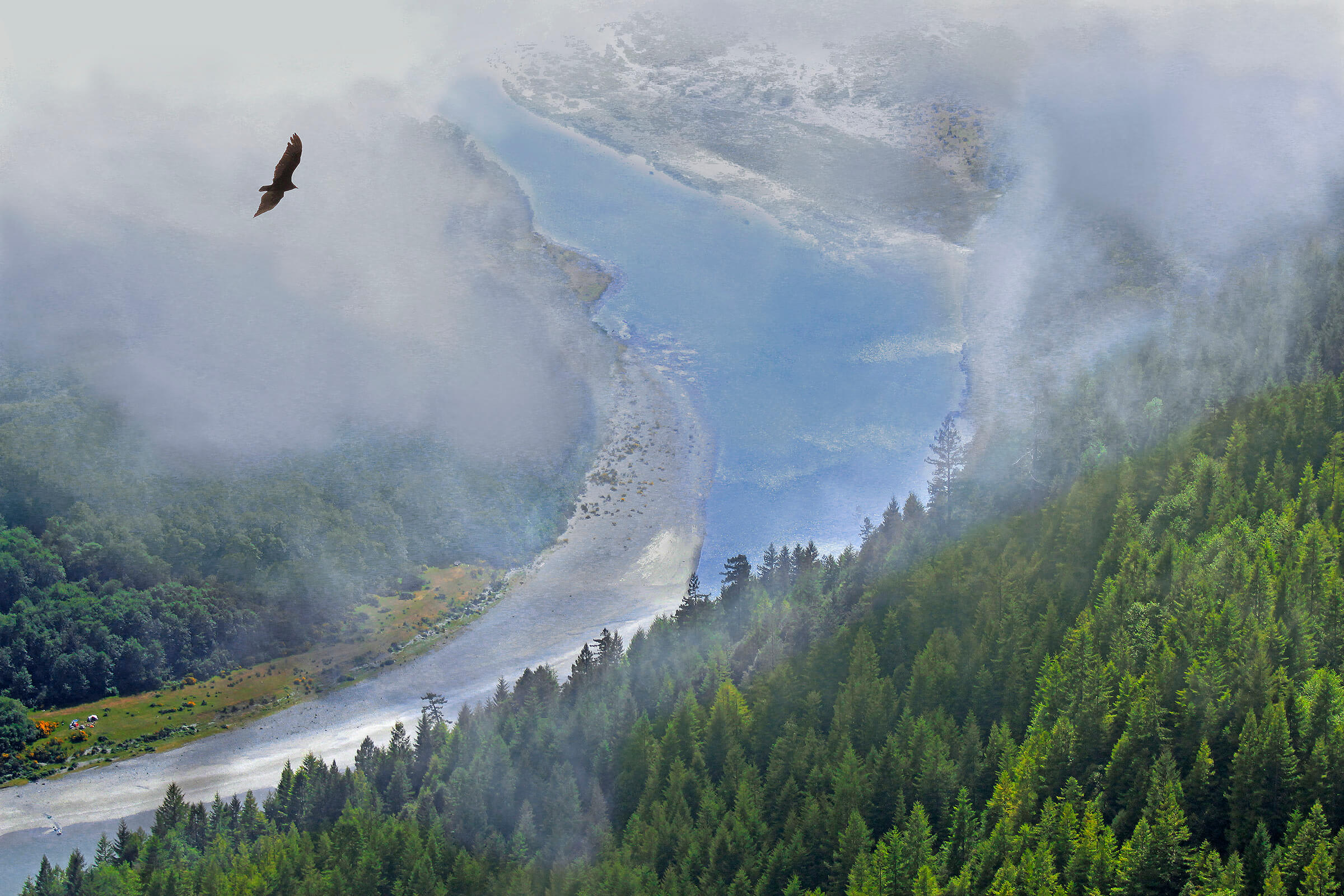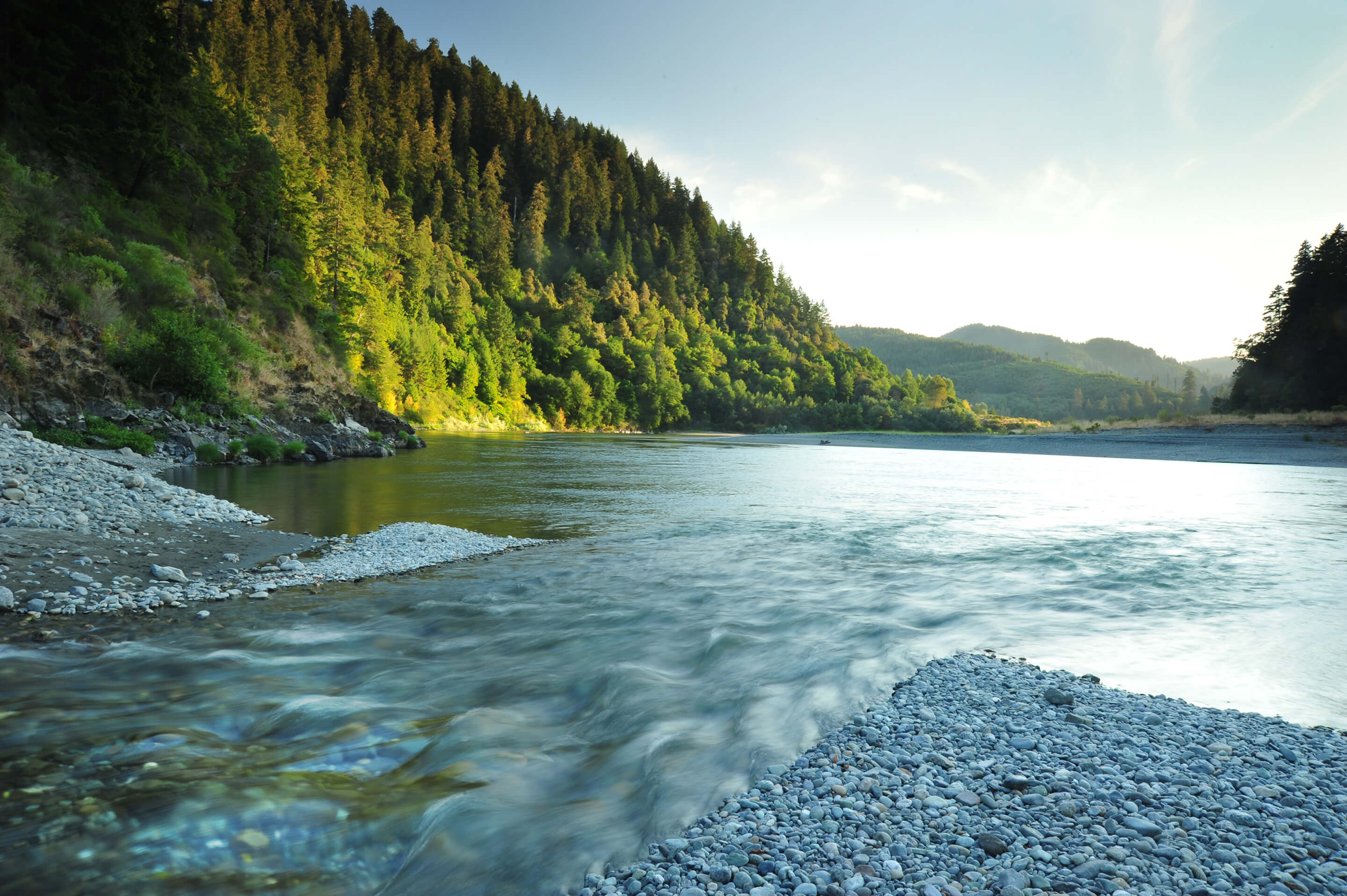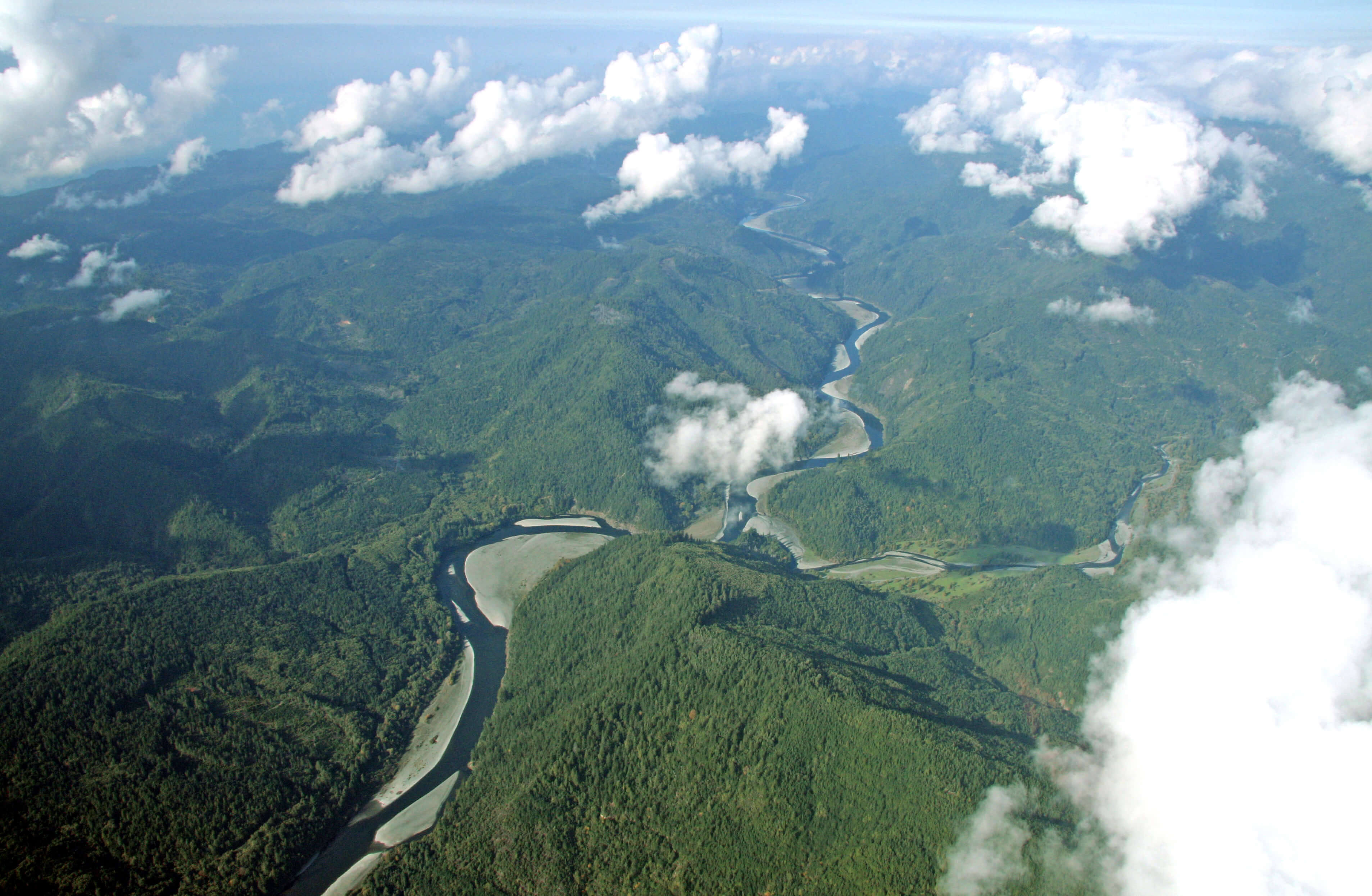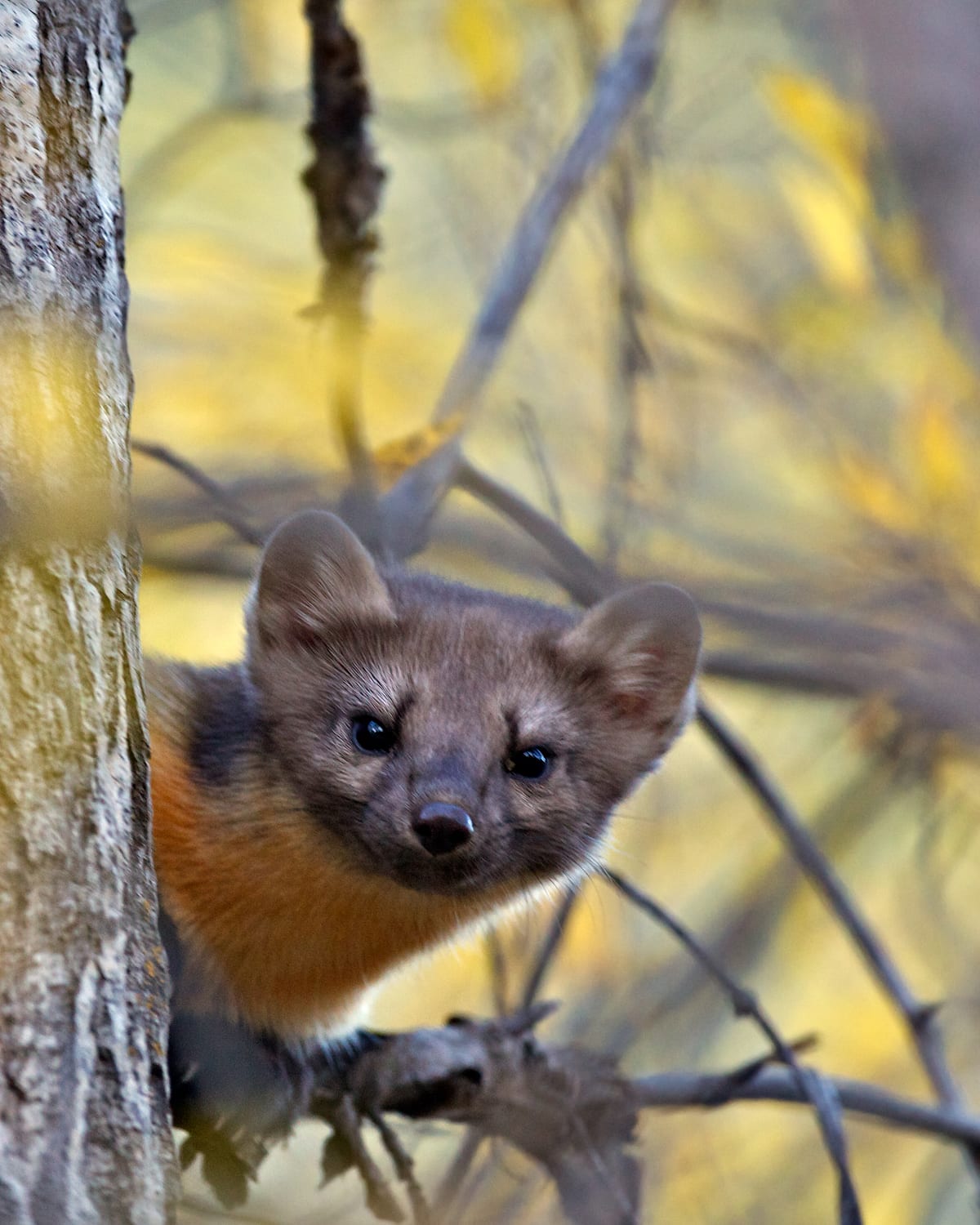In May 2025, following a 23-year partnership, Western Rivers Conservancy and the Yurok Tribe completed the largest single “land back” deal in California history, a milestone for river conservation and Tribal sovereignty in the West. (Read reporting from the Associated Press, Mongabay and Grist.) Over 73 square miles of land along Blue Creek and the eastern side of the lower Klamath River will now be permanently managed by the Yurok Tribe for fish, wildlife and forest health within the newly created Blue Creek Salmon Sanctuary and Yurok Tribal Community Forest.
Together, we have ensured Blue Creek, the most important cold-water tributary to California’s Klamath River, is forever protected, from its headwaters in the Siskiyou Wilderness all the way to its confluence with the Klamath. The transfer of these lands to the Tribe also more than doubles the Tribe’s landholdings and safeguards the long-term health of this critical ecosystem.
The Importance of Blue Creek
The Klamath was once the third largest producer of salmon on the West Coast. Sadly, its great runs of Chinook, coho and steelhead have been reduced by hydropower dams, irrigation projects and over fishing. Today, one of the greatest threats to salmon and steelhead are high water temperatures when the Klamath is stressed by low summer flows. For returning fish, Blue Creek is the first cold-water refuge they encounter on their journey inland from the Pacific Ocean. Studies have shown that by holding in Blue Creek’s cold water, Chinook can lower their body temperature by up to eight degrees Fahrenheit, making this tributary critical to their survival. Without this cool-down period, most Chinook would likely die before reaching their spawning grounds in the upper Klamath.
Blue Creek also provides high-quality spawning habitat for Chinook, coho and steelhead. The riparian and upland areas within the Blue Creek watershed provide outstanding habitat for rare and imperiled animals like marbled murrelet, northern spotted owl, California condor and Humboldt marten.
An Unprecedented Partnership to Save the Klamath's Salmon
Western Rivers Conservancy and the Yurok Tribe established a long-term partnership in 2009 to buy 47,097 acres along the lower Klamath and Blue Creek from Green Diamond Resource Company. The land includes the entire lower Blue Creek watershed, as well as extensive frontage along the lower Klamath. The upper reaches of Blue Creek are already protected by the Siskiyou Wilderness Area. The cold-water tributaries that are included in these lands are vital to the recovery of coho and Chinook salmon and steelhead.
As part of this effort, WRC helped the Tribe create the Yurok Tribal Community Forest along the Klamath. The Tribe now manages this for the sake of forest health, clean water, fish habitat and cultural rejuvenation. Now that the lands are conserved, 14,790 acres are protected as salmon sanctuary and 32,307 acres are sustainably managed as a community forest.
A Pioneer in Conservation Finance
To create a salmon sanctuary of this scale, WRC pioneered new approaches to conservation finance. Through the federal New Markets Tax Credits Program, designed to spur revitalization in low-income communities, WRC tapped a significant—and nontraditional—source of private funding. Combined with donor and foundation support, including generous funding from an anonymous foundation and a grant and low-interest loan from the David and Lucile Packard Foundation, WRC was able to raise the needed funds to purchase these lands.
WRC paid off the loan from the Packard Foundation through the sale of carbon offsets and sustainable forestry practices that are rejuvenating old-growth habitat and improving the health of the Blue Creek watershed. To accomplish this, WRC created a supporting nonprofit, called Western Rivers Forestry (WRF), which held the land until it could be conveyed to the Yurok Tribe for permanent stewardship.
Making the Vision a Reality
From 2009 through 2017, WRC acquired or facilitated transfer of the lands from Green Diamond Resource Company in multiple phases; conveyance of the lands from WRC to the Yurok has happened in multiple phases as well. The transfer of the final 14,968 acres from WRC to the Yurok Tribe closed May 30, 2025. The Yurok Tribe will now steward the forests for the sake of fish and wildlife and to keep Blue Creek healthy and cold. Under a management plan approved by the State of California, the Yurok Tribe will manage the lands to heal decades of aggressive timber harvest, restore the richness of the forest and create tribal jobs in sustainable forestry and restoration.
This historic effort ensures the survival of one of the West’s great salmon streams, protects vital wildlife habitat in one of the most biologically rich areas on Earth, and reestablishes a sacred homeland and economic base for the Yurok. Blue Creek is now safeguarded by a community whose greatest cultural, spiritual and economic interests are healthy forests, healthy habitat and healthy returns of wild salmon and steelhead.
Saving Blue Creek, Lifeline of the Klamath River from Western Rivers Conservancy on Vimeo.
Funding for the Blue Creek Salmon Sanctuary and Yurok Tribal Community Forest was made possible through generous contributions from multiple sources, including the Aveda Corporation, L. P. Brown Foundation, California Coastal Conservancy, California Department of Fish and Wildlife, California Wildlife Conservation Board, Compton Foundation, Flora Family Foundation, Foundation for Sustainability and Innovation, Lisa and Douglas Goldman Fund, Betsy Jewett and Rick Gill, George F. Jewett Foundation, The Tim and Karen Hixon Foundation, The Kendeda Fund, Nancy Kittle, The Joseph and Vera Long Foundation, Giles W. and Elise G. Mead Foundation, National Fish and Wildlife Foundation, National Fish and Wildlife Foundation/Acres for America and Walmart Stores, Inc., Natural Resources Conservation Service, the David and Lucile Packard Foundation, State of California’s Environmental Enhancement and Mitigation Program, Mark Umeda, U.S. Endowment for Forestry and Communities, Inc., U.S. Environmental Protection Agency, U.S. Fish and Wildlife Service, U.S. Forest Service, Bureau of Land Management, the Weeden Foundation, and with the generous support of many additional individuals, foundations and businesses.
This project has been funded wholly or in part by the United States Environmental Protection Agency under assistance agreement 83590301 to the U.S. Endowment for Forestry and Communities. The contents of this document do not necessarily reflect the views and policies of the Environmental Protection Agency, nor does the EPA endorse trade names or recommend the use of commercial products mentioned in this document.
The U.S. Endowment for Forestry and Communities, Inc. (the "Endowment") is a not-for-profit corporation that works collaboratively with partners in the public and private sectors to advance systemic, transformative and sustainable change for the health and vitality of the nation's working forests and forest-reliant communities.
The views and conclusions contained in this document are those of the authors and should not be interpreted as representing the opinions or policies of the U.S. Government or the National Fish and Wildlife Foundation. Mention of trade names or commercial products does not constitute their endorsement by the U.S. Government or the National Fish and Wildlife Foundation."
